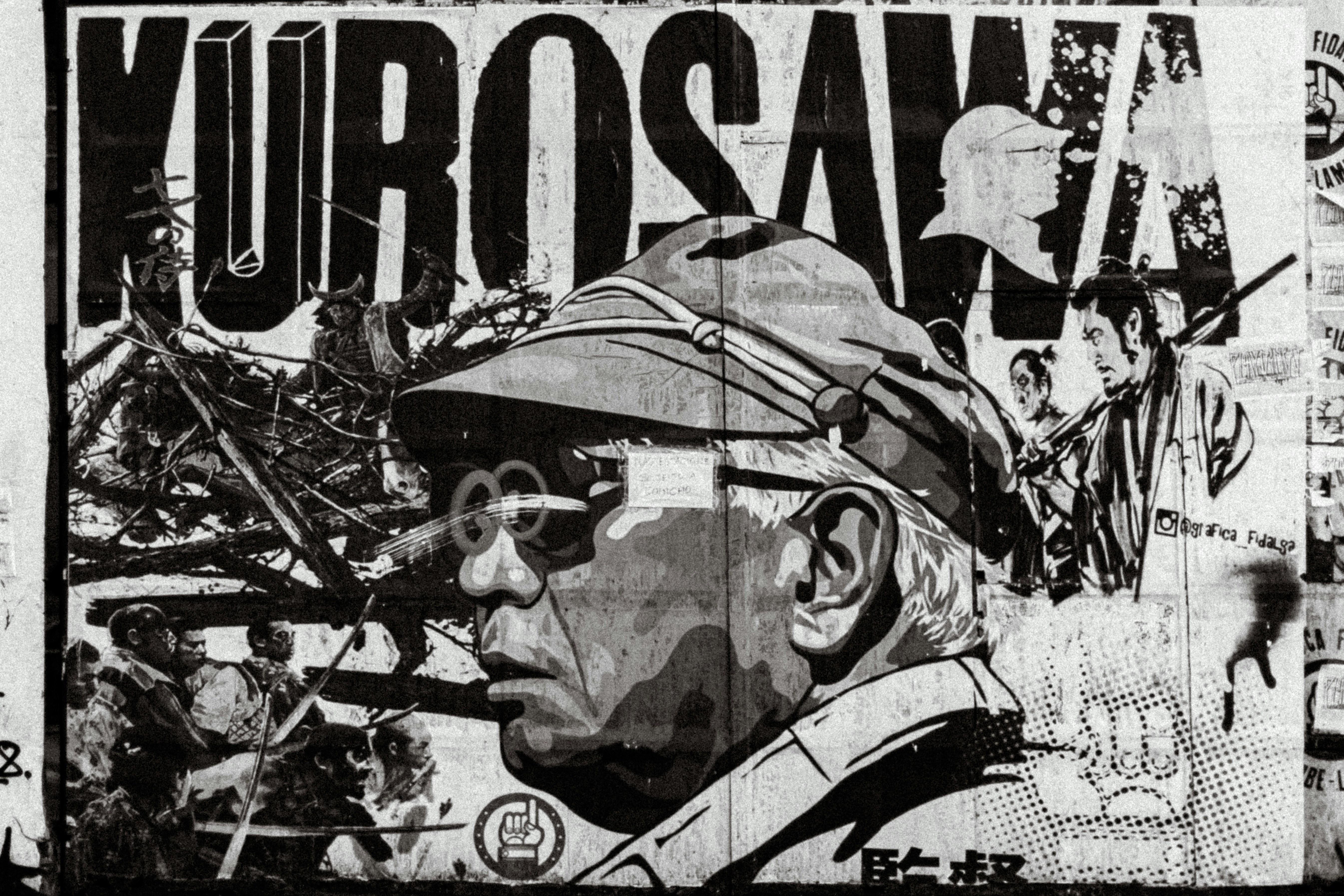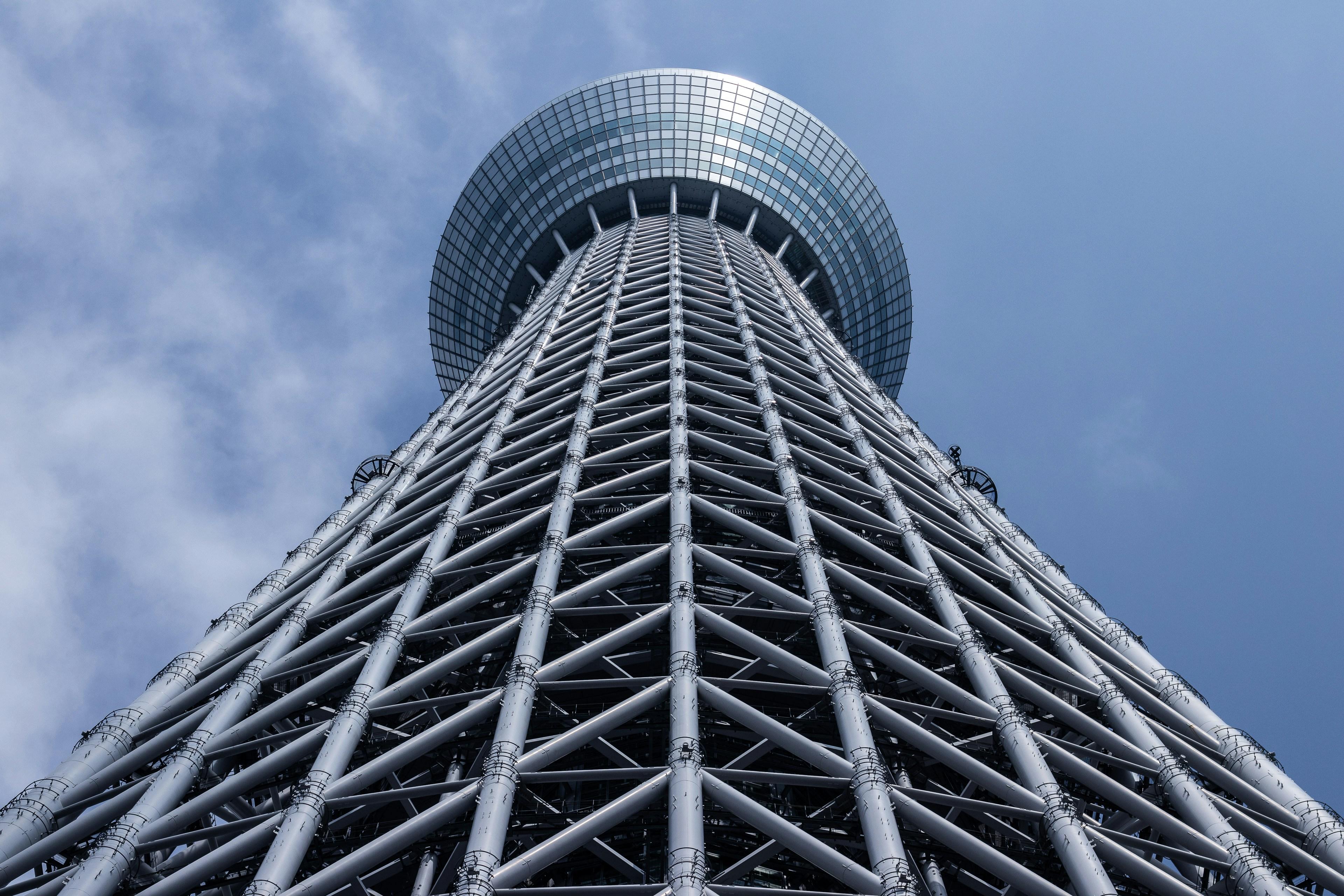Akira Kurosawa, a towering figure in the world of cinema, left an indelible mark on the art of filmmaking that continues to resonate with directors across the globe. As one of Japan’s most celebrated filmmakers, Kurosawa’s influence extends far beyond his native country, shaping the narrative and visual language of modern cinema. His unique ability to blend Eastern and Western storytelling traditions, along with his innovative use of camera techniques and character development, has inspired generations of directors, from Hollywood auteurs to independent filmmakers. This article delves into the legacy of Akira Kurosawa, examining how his pioneering work has shaped the craft of contemporary directors and continues to inform the evolution of film as an art form. Through an analytical exploration of his most impactful films and the elements that define his cinematic style, we seek to understand the enduring impact of Kurosawa’s vision on the landscape of modern filmmaking.
Influence of Kurosawas Storytelling Techniques on Contemporary Filmmaking
Akira Kurosawa’s storytelling techniques have profoundly influenced contemporary filmmaking, leaving a legacy that resonates with modern directors. His masterful use of visual composition, for instance, has inspired filmmakers to pay meticulous attention to the frame’s aesthetics. Kurosawa’s ability to convey complex narratives through imagery alone has led to a more profound emphasis on the visual storytelling aspect in cinema today. Directors like Quentin Tarantino and Martin Scorsese often cite Kurosawa as a pivotal influence, especially in their use of dynamic camera movements and editing styles that mirror the Japanese auteur’s innovative approach.
- Non-linear Narratives: Kurosawa’s groundbreaking film “Rashomon” introduced the concept of multiple perspectives, a technique that has been widely adopted in films like “Pulp Fiction” and “Memento.”
- Character Development: His deep, multifaceted characters have inspired filmmakers to create more layered and complex protagonists, moving beyond the one-dimensional heroes of early cinema.
- Use of Weather and Nature: Kurosawa’s symbolic use of weather to reflect the emotional tone of a scene has been emulated by directors aiming to enhance the mood and atmosphere of their films.
Through these techniques, Kurosawa’s influence extends beyond stylistic elements, encouraging filmmakers to explore deeper themes and more intricate storytelling methods. This impact is evident in the works of directors across various genres and cultures, underscoring his universal and enduring legacy in the world of cinema.

Visual Mastery: Kurosawas Cinematic Aesthetics and Their Modern Adoption
Akira Kurosawa’s cinematic style is a profound tapestry of visual storytelling, merging meticulous composition with dynamic movement. His ability to orchestrate scenes with a painterly precision has not only captivated audiences but also left an indelible mark on modern filmmakers. Kurosawa’s use of the wide frame to convey depth and scale is a technique that has been widely adopted, allowing directors to create a sense of grandeur and immersion. The strategic use of weather elements, like rain and wind, adds layers of emotional resonance, enhancing narrative depth without a single line of dialogue.
- Silhouette and Shadow: Kurosawa masterfully employed light and shadow to build suspense and define character, a technique mirrored by directors seeking to evoke mood and mystery.
- Dynamic Camera Movement: His innovative tracking shots and fluid camera work have inspired a generation of filmmakers to explore movement as a narrative tool.
- Color and Contrast: Although initially recognized for his black-and-white films, Kurosawa’s later work in color demonstrated a keen eye for contrast, influencing directors in their use of color to enhance storytelling.
These elements of Kurosawa’s visual language are not mere aesthetic choices but serve as integral components of storytelling. They have been seamlessly integrated into the toolkit of contemporary directors who strive to balance artistic expression with narrative clarity.

Character Development: Lessons from Kurosawa for Todays Directors
Akira Kurosawa, a master of visual storytelling, offers invaluable insights into the art of character development that remain relevant for today’s directors. One of the hallmarks of Kurosawa’s films is his ability to craft multidimensional characters that resonate deeply with audiences. His approach underscores the importance of exploring the psychological and emotional landscapes of characters, rather than relying solely on plot to drive the narrative. This focus on character depth can be seen in films like Rashomon and Seven Samurai, where each character’s motivations and internal conflicts are meticulously developed, creating a rich tapestry of human experience.
Modern directors can learn from Kurosawa’s techniques by embracing certain principles:
- Authenticity: Characters should feel genuine and relatable, with flaws and virtues that mirror real human experiences.
- Visual Storytelling: Use of cinematography to reveal character traits and emotions without relying heavily on dialogue.
- Dynamic Interactions: Foster complex relationships between characters that evolve throughout the film.
- Subtext: Employ subtlety in conveying characters’ internal struggles, allowing viewers to engage in interpretation.
By integrating these elements, directors can create compelling narratives that not only entertain but also provoke thought and empathy, much like Kurosawa’s enduring legacy.

Incorporating Kurosawas Narrative Structure in Modern Screenwriting
Akira Kurosawa’s approach to storytelling has left an indelible mark on the landscape of modern screenwriting. By employing a multi-perspective narrative structure, often referred to as the “Rashomon effect,” Kurosawa introduced a dynamic method of storytelling that challenges audiences to question the nature of truth and perception. This technique, characterized by presenting multiple characters’ viewpoints to recount a single event, has inspired countless filmmakers to experiment with narrative forms that engage viewers on a deeper level. Such an approach not only enriches character development but also adds layers of complexity to the storyline, prompting audiences to actively participate in piecing together the narrative puzzle.
Incorporating Kurosawa’s narrative techniques into contemporary screenwriting can be achieved through several strategies:
- Non-linear storytelling: Craft scripts that deviate from traditional chronological order to reveal plot elements in a more engaging and thought-provoking manner.
- Character-centric perspectives: Develop scenes that focus on the subjective experiences of different characters, offering varied interpretations of the same events.
- Emphasis on visual storytelling: Utilize strong visual imagery and symbolism to convey thematic elements, allowing the narrative to unfold through the mise-en-scène.
By adopting these methods, modern screenwriters can pay homage to Kurosawa’s legacy, while simultaneously pushing the boundaries of traditional storytelling to create innovative cinematic experiences.
